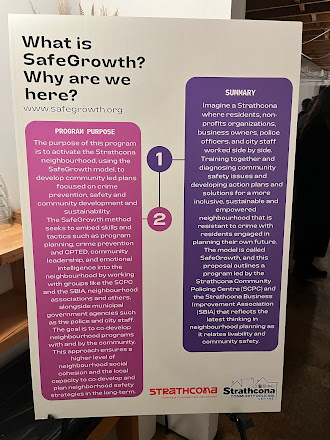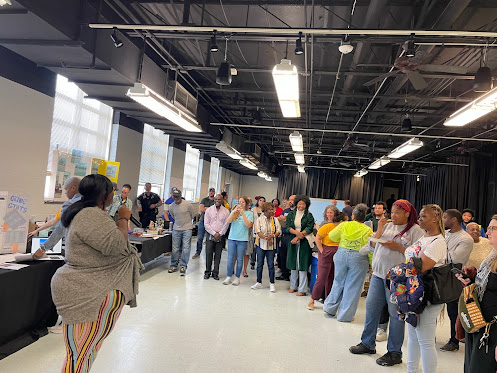 |
| Central Park in Manhattan in the heart of New York City - quiet, green, and tranquil |
by Mateja Mihinjac
Since I got a new puppy a few months ago I have been more attuned to the quality of the surroundings in my living area, especially the noise and cleanliness. Anyone with a puppy knows they get distracted by every unusual sound or scent. This experience has offered a new look at my neighbourhood and made me appreciate serene neighbourhood pockets even more. Serene means a place that is tranquil, calm, and free from disturbance - an important quality in city life.
We have previously written about the Livability Index. The Happy City Index, and the Sustainable Cities Index are two other popular ratings of selected measurements that rank worldwide cities.
Now a new metric has emerged - the Serene City Index.
 |
| Waterway in Ljubljana, Slovenia - water features can slow the pace of life and provide natural serenity |
SERENE CITY INDEX
According to the author of Serene City Index, MoneySuperMarket, this rating was developed to help travellers determine the most and least relaxing destinations to visit. Ratings are based on assembling information from existing databases for 75 cities around the world based on the following criteria:
- average air quality,
- artificial light pollution levels,
- noise pollution,
- traffic congestion,
- sunshine hours,
- overall tidiness,
- country happiness,
- green space, and
- the friendliness of locals.
These indicators are not only relevant to visitors but also (and probably more importantly) to residents of a city who live with excess noise, pollution, or limited access to green spaces.
 |
| The scale, speed, and intensity of modern roadways make serenity difficult - photo courtesy of Pixabay in Pixels |
THE SCALE
One concern with measuring and ranking based on any indices is the scale at which they are collected. In SafeGrowth, we focus on the neighbourhood as the core unit of people’s everyday experience. Ideally, that is where they spend most of their time and, if they perceive their neighbourhood as liveable, they will form attachments and connections to that place and the people within it. This is the very essence of the concept of territoriality in 1st Generation CPTED and social cohesion, in 2nd Generation CPTED.
Thus, as with crime concentrations and liveability levels, serenity may also differ significantly between neighbourhoods within the same city. That could make generalisations to the whole city somewhat misleading. This is an important limitation to keep in mind with the serenity index.
.jpg) |
| Serenity through easy access to relaxing and clean park amenities |
THIRD GENERATION CPTED CONNECTION
In her blog on noise pollution, Tarah already wrote about liveability being more than the absence of fear and crime, which we postulate in our Third Generation CPTED writings.
Noise, like other aspects of our immediate living environment, impacts physical and mental health outcomes. It should not be disregarded. The research we document in Third Generation CPTED suggests they can ultimately also lead to crime issues.
The Serene City Index incorporates elements within the immediate living environment that may lead to frustration, irritability, anger, or depression. These are the very kinds of psychological factors that demand special consideration in future CPTED research and practice.
Researchers and practitioners seldom include these factoring into their plans and research. It may be time to reconsider that habit. Further, it is also time to reconsider the scale at which we practice crime prevention and planning when it comes to community building. This is a lesson we learned long ago in SafeGrowth - when it comes to creating safer and more livable environments, it is the neighbourhood scale that matters most.



































